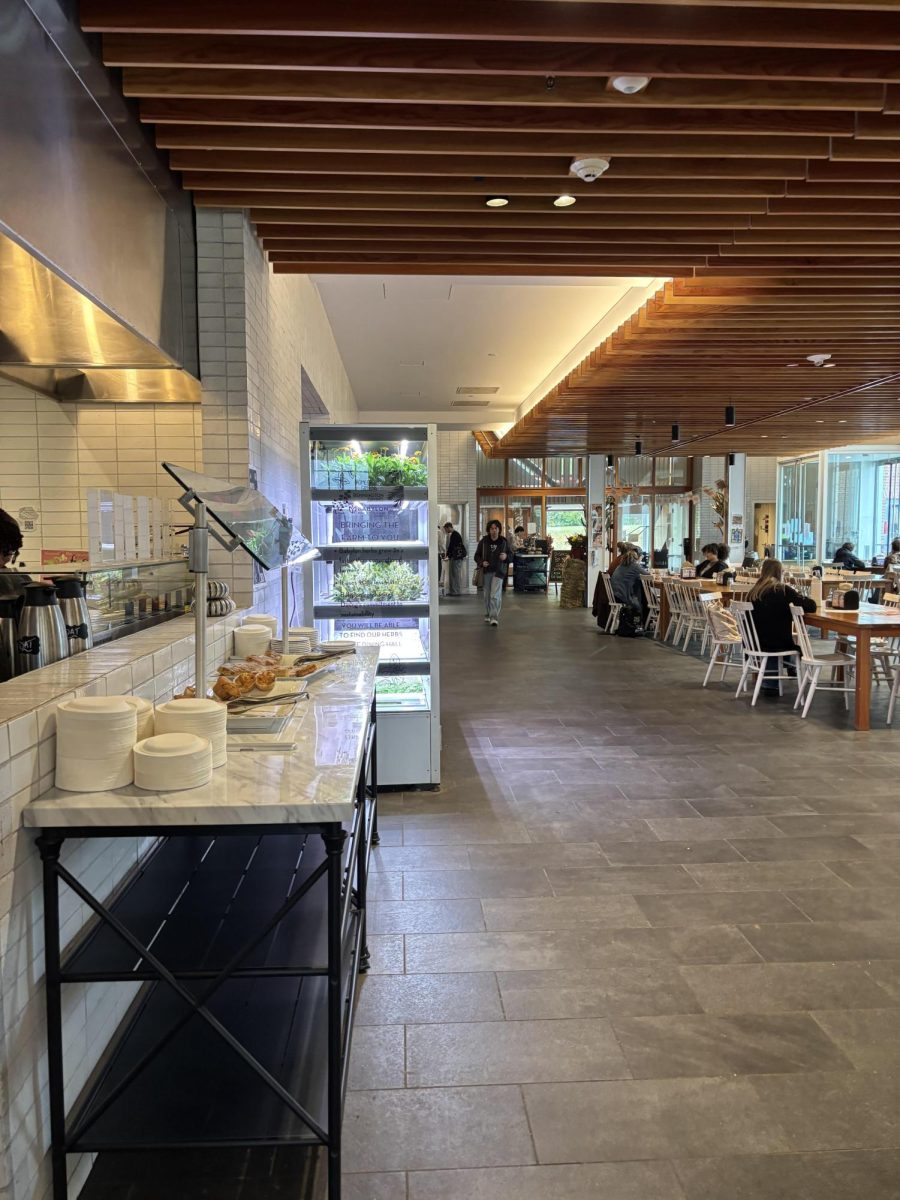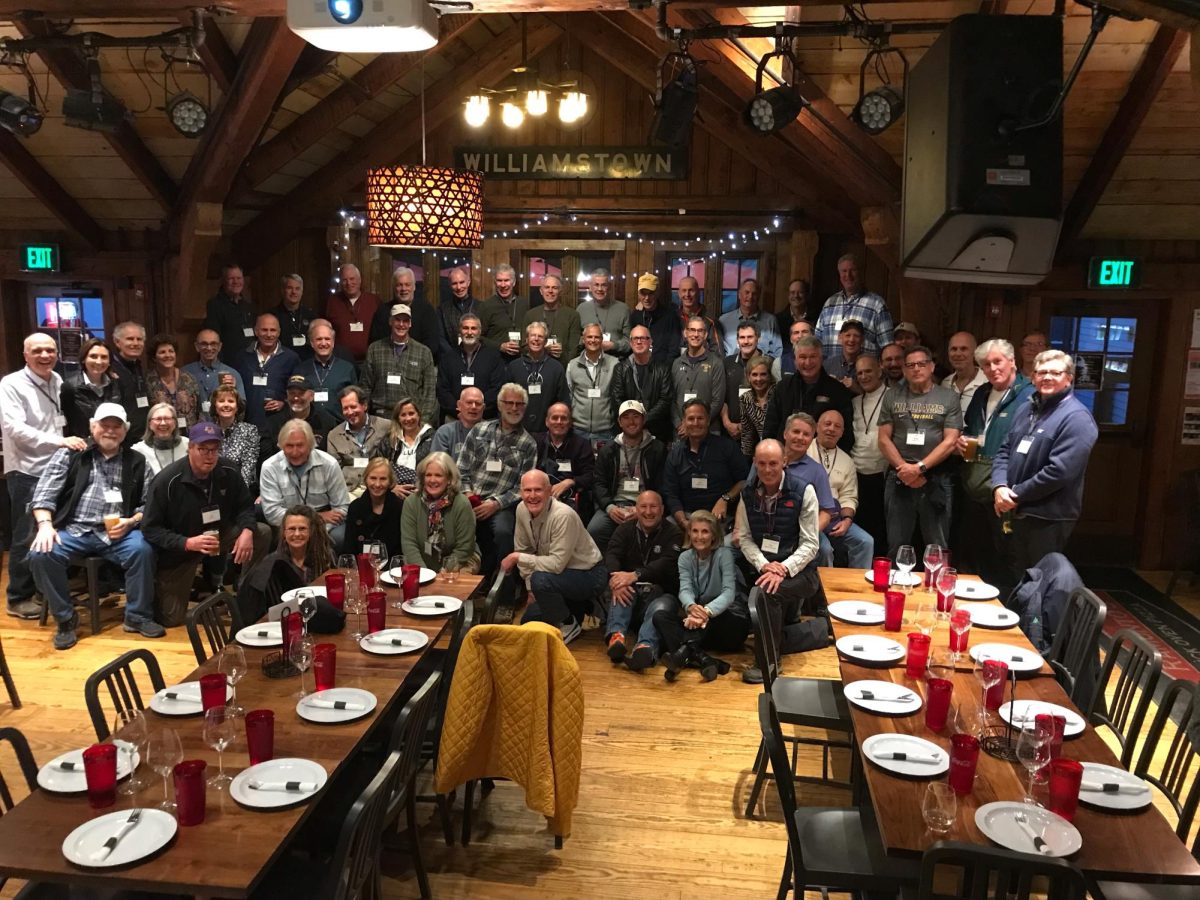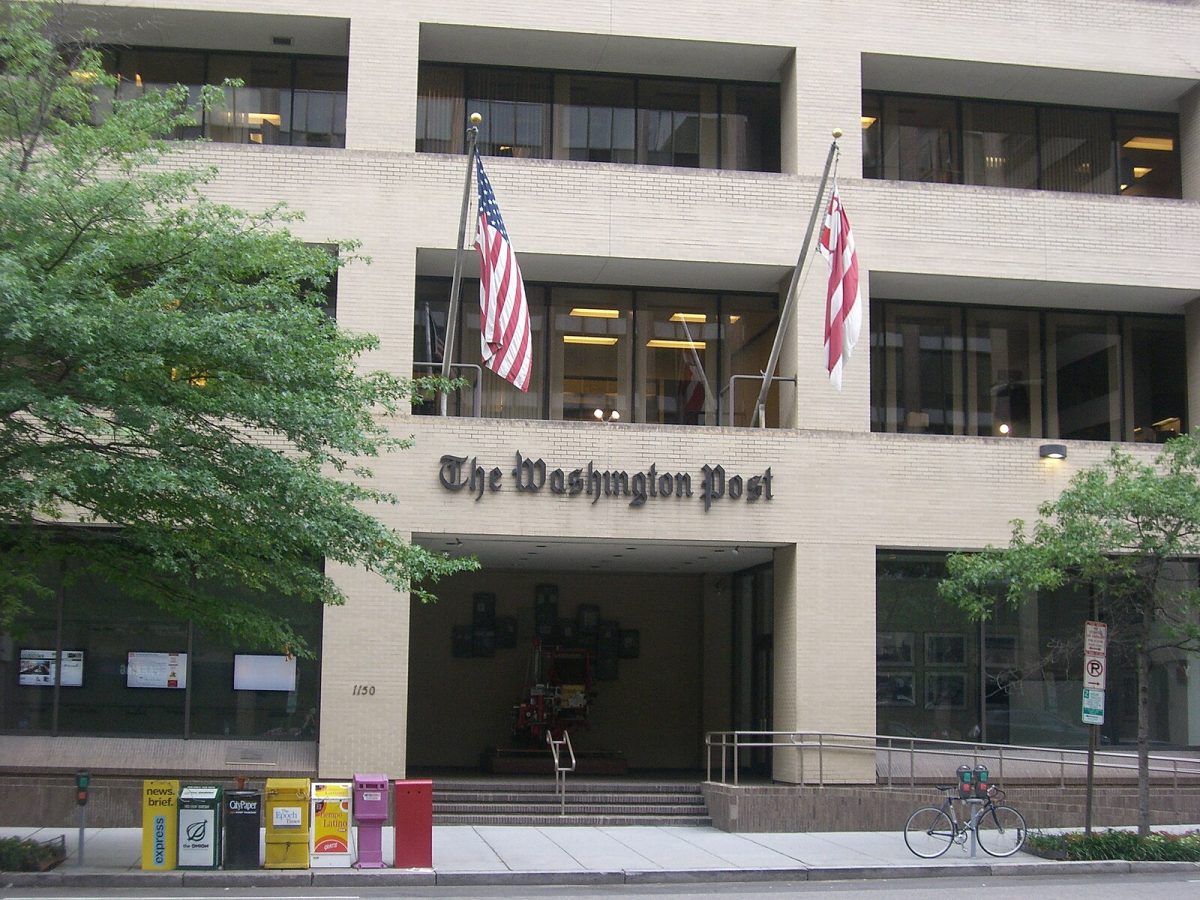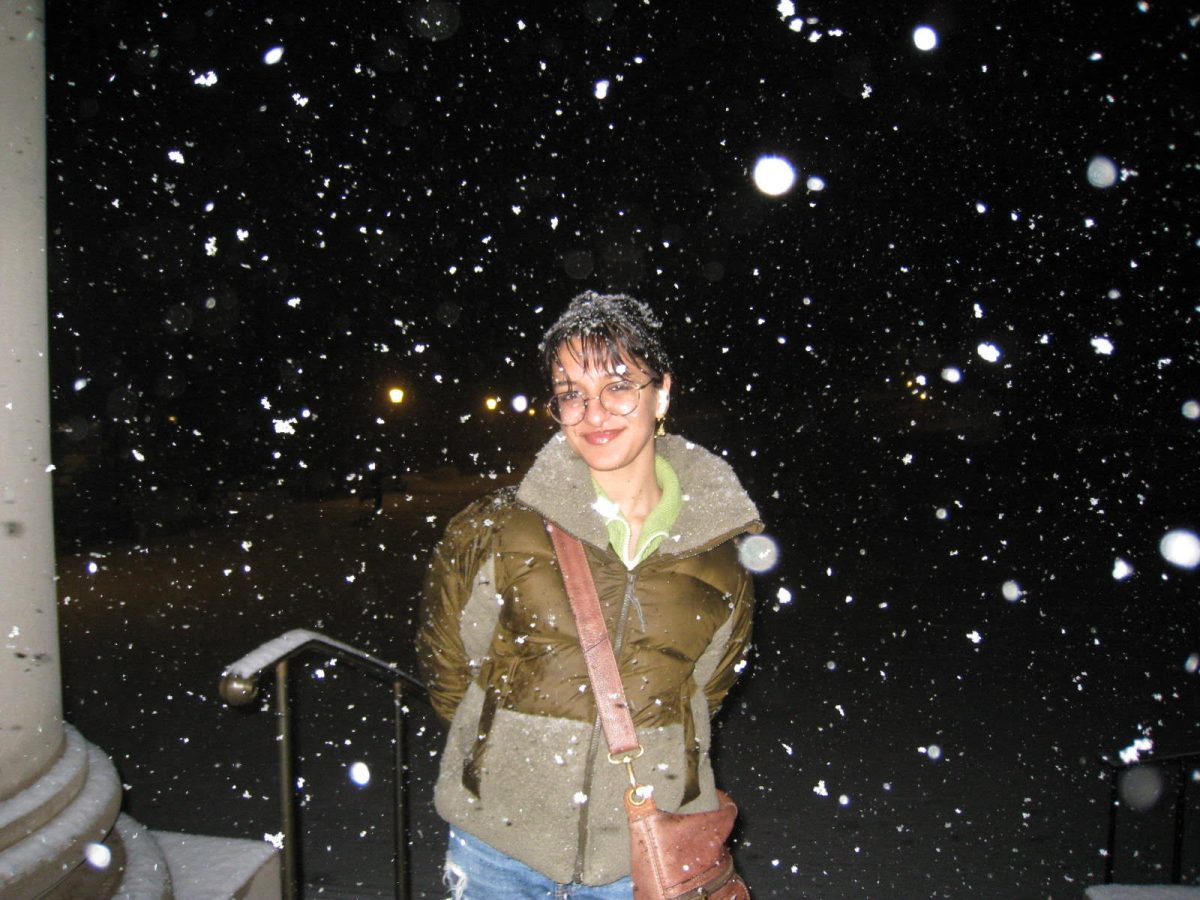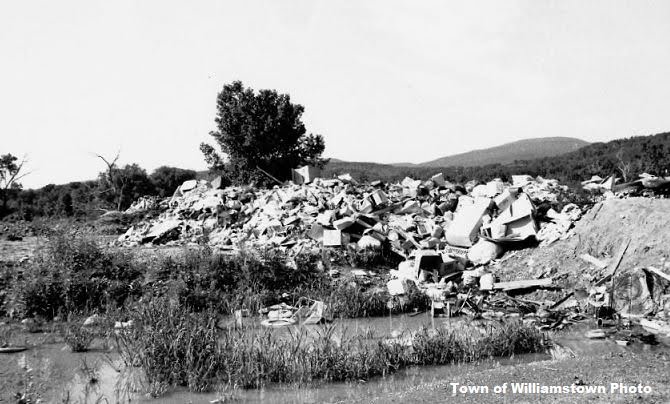
When taking a walk on the Mohican Trail behind Cole Field, it is easy to become entranced by the natural splendor of the forest. Trailgoers delight in its picturesque boardwalk, framed by tall trees and lush vegetation. For the more adventurous walker, the trail branches off into winding, unpaved paths that lead directly along the bank of the Hoosic River. But under all that beauty lies something less pleasant: Trash, more than a decade of it.
The trail’s journey from trash pile to walker’s paradise began on July 1, 1970, when Massachusetts instituted a ban on open burning to reduce air pollution, limiting people to the use of indoor fireplaces and outdoor cooking devices.
An article from the March 31, 1970, edition of the now-defunct North Adams Transcript reports that, until that point, many local residents used backyard “burning barrels” to incinerate disposable household items. As an alternative, Williamstown proposed wider use of a Town landfill along the Hoosic, which had been active at a lower capacity since 1961. The new landfill was located just north of the College, where trash could be piled and left to slowly decay. Even before the burn ban, the dump appeared to be “buckling under its own weight,” according to an op-ed published in the Transcript the previous year. Another article from the time gave it the moniker of “Mount Dumpus.”
By 1972, a new site for the landfill was needed due to the sheer volume of trash, and a spot further north on Simonds Road was approved for dumping. The Cole Avenue dump officially closed on Oct. 9, 1973.
Professor of Geosciences Emeritus David Dethier told the Record that nowadays, dumps like this one are “capped” into landfills so as to prevent both trash and toxic chemicals within the decaying materials from leeching out. Yet, as of July 2025, the Massachusetts Department of Environmental Protection categorizes the Cole Avenue Landfill as incomplete and not lined.
“By the time people got to thinking about the sort of capping you do these days, the land where the dump was had long since grown up into the trees that are there now,” Dethier said.
“You wouldn’t want to eat the dump material,” he continued. “But because Williamstown didn’t have that much industrialization that late, there weren’t these huge smoking guns.” Most trash left in the Cole Avenue dump came from households instead of places of industry, which are generally the sources of the most dangerous chemicals.
There were also bigger fish to fry upstream, where industrial runoff from North Adams put the health of the Hoosic River in peril. There were years in which the river would run red or green with dye from factories, Dethier said.
The Town conducted a preliminary inspection of the site when it proposed plans for the former landfill to become a trail. The inspection found that the site was safe to walk on and asserted that sufficient protection was placed between the top of the landfill and the path. Even though the spot now supports a thriving forest, waste lies just below the surface, and it may be coming back to haunt us. Environmental columnist Lauren Stevens reported in the Berkshire Eagle this past May that waste has begun to seep out of the site as the bank of the Hoosic naturally erodes.
“Rivers, while handy, have a way of exposing what was thought to be out-of-sight and out-of-mind,” Stevens wrote.
Everyone will just have to wait and see what relics might be unearthed, and what the future holds for our lovely — but only partially covered — dumpsite.



